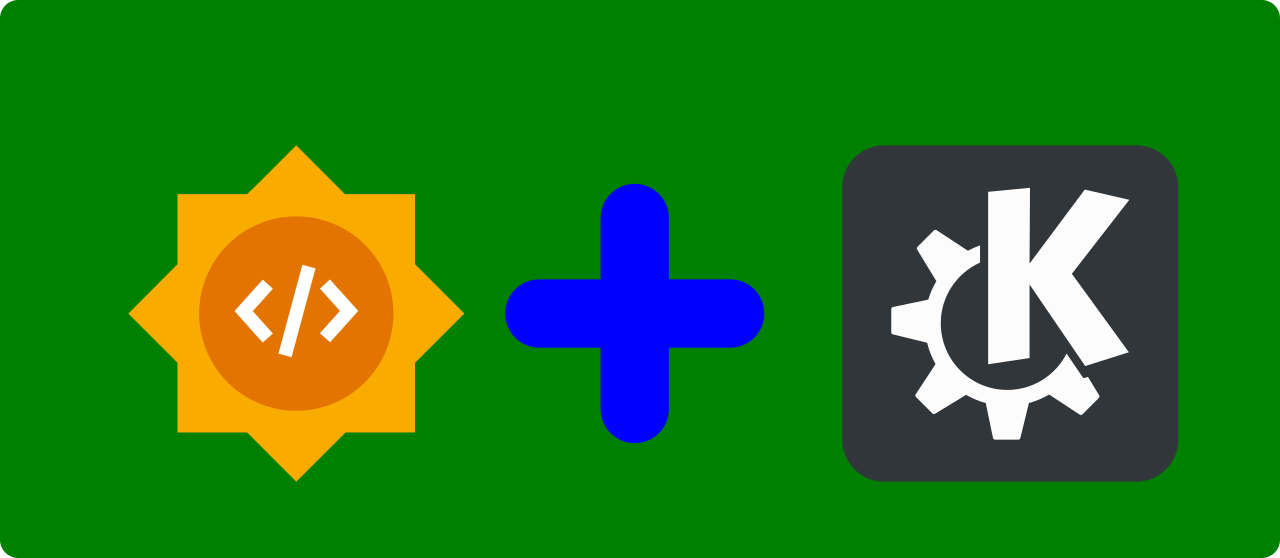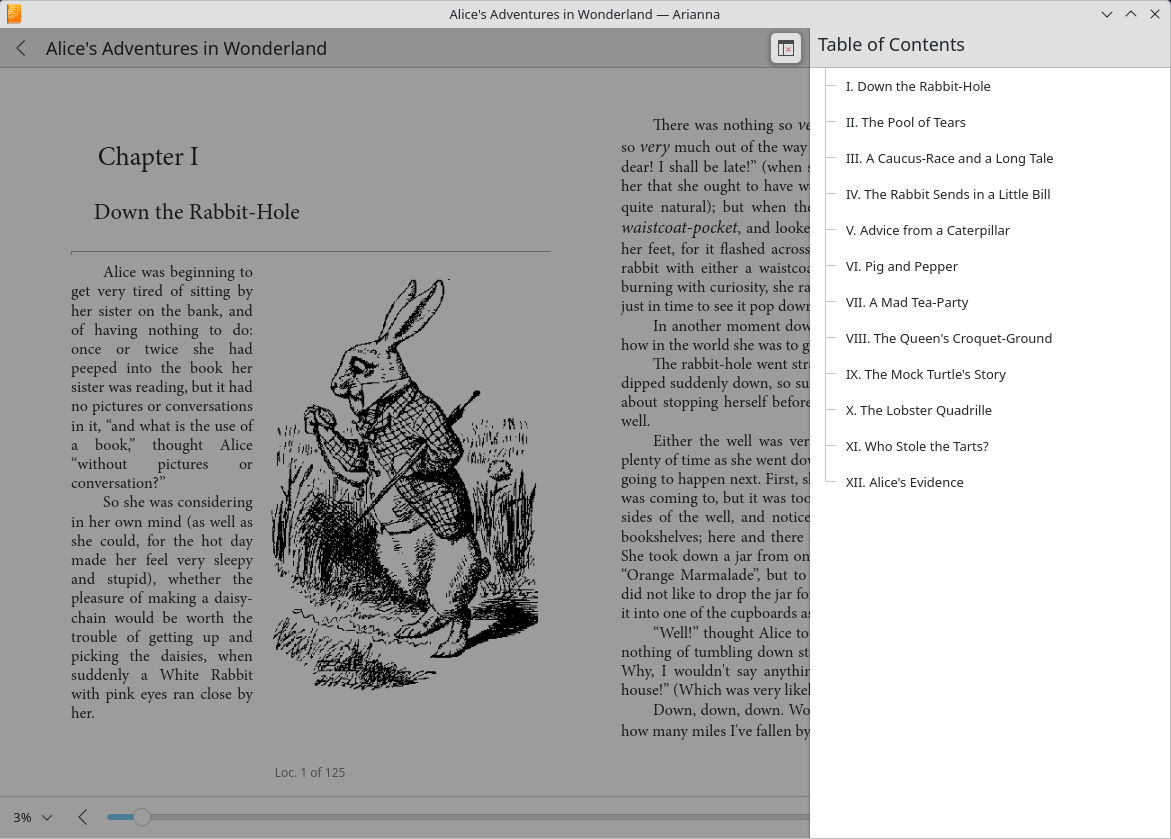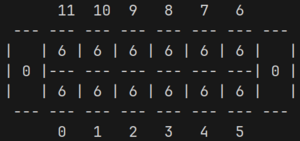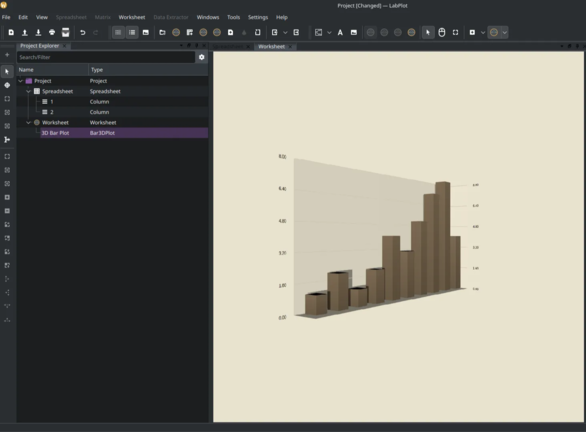First part of KDE and Google Summer of Code 2024

All but one of KDE's Google Summer of Code (GSoC) projects are complete. This post will summarize the completed project outcomes. GSoC is a program where people who are students or are new to Free and Open Source software make programming contributions to an open source project.
Projects
Arianna
- Port Arianna to Foliate-js: Ajay Chauhan worked on porting Arianna from epub.js to use Foliate-js. The work will hopefully be merged soon.

(Courtesy of Ajay Chauhan, CC BY-NC-SA 4.0)
Frameworks
Python bindings for KDE Frameworks:
Manuel Alcaraz Zambrano, implemented Python bindings for KWidgetAddons, KUnitConversion, KCoreAddons, KGuiAddons, KI18n, KNotifications, and KXmlGUI. This was done using Shiboken. In addition, Manuel wrote a tutorial on how to generate Python bindings using Shiboken. The complicated set of merge requests are still being reviewed, and Manuel continues to interact with the KDE community.

(Courtesy of Manuel Alcaraz Zambrano, CC BY-NC-SA 4.0)
KDE Connect
Update SSHD library in KDE Connect Android app
The main aim of ShellWen Chen's project was to update Apache Mina SSHD from 0.14.0 to 2.12.1. The older version has a few listed vulnerabilities. The newer library required additional code to enable it to work on older Android phones, upto Android API 21.
KDE Games
Implementing a computerized opponent for the Mancala variant Bohnenspiel:
João Gouveia created Mankala engine, a library to enable easy creation of Mancala games. The engine contains implementations for two Mancala games, Bohnenspiel and Oware. Both games contain computerized opponents, João also started on a QtQuick graphical user interface. The games are functional, but additional investigation on computerized opponents may help improve their effectiveness.

(Courtesy of João Gouveia, CC BY-SA 4.0)
Kdenlive
Improved subtitling support for Kdenlive:
Kdenlive has gotten improved subtitling support. Chengkun Chen added support for using the Advanced SubStation (ASS) file format and for converting SubRip files to ASS files. To support this format, Chengkun Chen also made subtitling editor improvements. The work has been merged in the main repository. Documentation has been written, and will hopefully be merged soon.

(Courtesy of Chengkun Chen, CC BY-SA 4.0)
Krita
Creating Pixel Perfect Tool for Krita:
Ken Lo worked on implementing Pixel Perfect lines in Krita. As
explained by
Ricky Han,
such algorithms remove corner pixels from L shaped blocks and ensure the thinnest possible line
is 1 pixel wide. Implementing such algorithms well is of use not only in Krita, but also in
rendering web graphics where user screen resolutions can vary significantly. The algorithm was
implemented to work in close to real time while lines are drawn, rather than as a post processing
step. Ken Lo's work has been merged into Krita.

(Courtesy of Ken Lo, CC BY 4.0)
Labplot
Improve Python Interoperability with LabPlot
Israel Galadima worked on improving Python support in LabPlot. Shiboken was used for this. It is now possible to call some of LabPlot functions from Python and integrate these into other applications.

(Courtesy of Israel Galadima, CC BY-SA 4.0)
Kuntal Bar added 3D graphing abilities to LabPlot. This was done using QtGraphs. The work has yet to be merged, but there are many nice examples of 3D plots, for bar charts, scatter and surface plots.

(Courtesy of Kuntal Bar, MIT license)
Snaps
Improving Snap Ecosystem in KDE
Snaps are self contained linux application packging formats. Soumyadeep Ghosh worked on improving the tooling necessary to make KDE applications easily available in the Snap Store. In addition, Soumyadeep improved packaging of a number of KDE Snap packages, and packaged MarkNote. Finally, Soumyadeep created Snap KCM, a graphical user interface to manage permissions that Snaps have when running.

(Courtesy of Soumyadeep Ghosh, CC BY-NC-SA 4.0)
Next Steps
The GSoC period is over, for all but one contributor, Pratham Gandhi. A follow up post will summarize contributions from the remaining project. Contributors have enjoyed participating in GSoC and we look forward to their continuing participation in free and open source software communities and in contributing to KDE.
Article contributed by Benson Muite under the CC-BY-4.0 license.